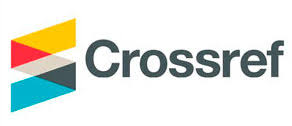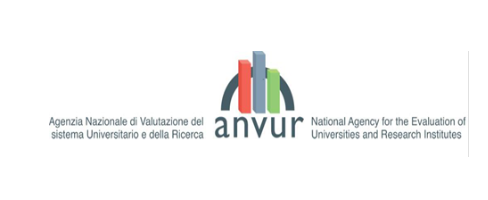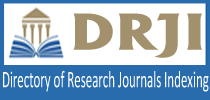ASSESSMENT OF UNCERTAINTY WHILE SELECTING THE OPERATIONAL STRATEGY BY THE INDUSTRIAL ENTERPRISES IN ROMANIA
DOI:
https://doi.org/10.36004/nier.es.2021.1-07Keywords:
uncertainty, decision making, operational strategy, information, fuzzy variableAbstract
In conditions of uncertainty, an enterprise should have a rational basis for making decisions, which would enable the comparison of different alternatives and the choice of the most suitable action for achieving its objectives. Some researchers consider that uncertainty is generated either by insufficient knowledge about the nature of phenomena and processes or by the lack of information about these phenomena and processes. The author considers that these interpretations need to be completed by clarifying the motives which cause uncertainty. The following types of environment can be distinguished which could be considered as sources of uncertainty: socio-economic; scientific and technical; political and juridical; the sales partners’ environment; the environment of the seller; the competitors’ environment; the consumers’ environment; the investments environment. The aim of the present paper is to determine the degree of influence (markedness) of each type of uncertainty upon the decisions made while selecting the operational strategy by the industrial enterprise. The research has been carried out at 29 enterprises from different industrial fields from Romania: metallurgical industry, production of basic pharmaceuticals and pharmaceutical preparations, construction materials industry, food-processing industry, manufacture of chemical substances and products. The management teams of those companies have taken part in the survey. The research is based on the data processing and analysis obtained from 256 questionnaires. The survey carried out within the industrial enterprises has shown that the uncertainty from the consumption environment has the biggest impact upon the operational decisions of the companies. The uncertainty from the internal, political, juridical, scientific and technical environment is being analyzed to a lesser extent. The lowest domain of uncertainty is characteristic for the chemical industry and the highest for the industry of manufacture of basic pharmaceuticals and pharmaceutical preparations.
Downloads
References
Armitage, D. H., & Gardiner, S. J. (2001). Classical Potential Theory. Springer London. https://doi.org/10.1007/978-1-4471-0233-5
Doltu, T. (2006). Abordări în economia riscului şi incertitudini. Editura Economică.
Fields, J. (2012). Uncertainty: Turning fear and doubt into fuel for brilliance. Portfolio/Penguin.
Hammer, M., Somers, K., & McKinsey and Company. (2016). Unlocking industrial resource productivity: Five core beliefs to increase profits through energy, material, and water efficiency. McKinsey Publishing.
Keynes, J. M., Krugman, P. R., Haita, C. M., & Nicolae, C. (2009). Teoria generală a ocupării forţei de muncă, a dobânzii şi a banilor. Publica.
McConnell, P. (2016). Strategic risk management. Risk Books.
Mora-Camino, F., & Nunes Cosenza, C. A. (2018). Fuzzy Dual Numbers: Theory and Applications (1st ed. 2018). Springer International Publishing : Imprint: Springer. https://doi.org/10.1007/978-3-319-65418-8
Zamfir, C. (2005). Incertitudinea: O perspectivă psihosociologică. Editura Economică.















